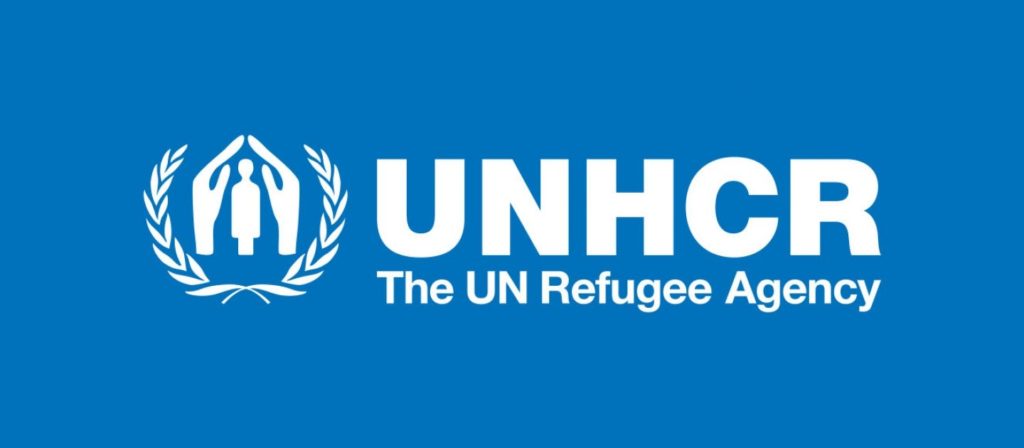GENEVA, Switzerland, April 27, 2020
Across the Middle East and North Africa (MENA), the protection and poverty impact of COVID-19 on vulnerable people and those living in the economic margins of society has been devastating. Among them, refugees, asylum-seekers, IDPs, stateless persons and many others are unable to make ends meet. For instance, the majority of refugees and IDPs live below the poverty line in this region. Many of those who had previously coped without cash assistance are now increasingly desperate, entering further into debt and spiralling into poverty. They are facing difficult choices such as reducing meals, sharing overcrowded shelters and missing rental payments, leaving them at risk of eviction.
Two-way communication is crucial to address social isolation and distress, and to ensure programmes are responsive and tailored to the needs of diverse groups
UNHCR and partners have continued to stay and deliver protection and assistance. Remote protection services, assistance and cash programming are proving to be essential tools. Cash programming is enabled by the innovative banking delivery systems already in place, supported by beneficiary authentication designed to prevent fraud, and by measures ensuring physical distancing and hygiene measures during distribution and payment.
Physical distancing and movement regulations have also had an impact on how UNHCR reaches out to refugees and other forcibly displaced persons, and vice versa. Two-way communication is crucial to address social isolation and distress, and to ensure programmes are responsive and tailored to the needs of diverse groups. Refugees, asylum seekers, IDPs and others need to be able to reach UNHCR, ask questions, and convey their priorities. This is in particular for those who often do not have a voice – people with specific needs and profiles, such as women and girls, members of the LGBTI community, people living with disabilities, persons with mental health and psychosocial distress, ethnic minorities, older people, unaccompanied children, people living with HIV and other chronic diseases, as well as stateless persons who may already be less visible by virtue of their legal status.
While face-to-face methods may be restricted, virtual and remote tools are being adapted and enhanced to allow UNHCR and partners to deliver protection services and information in multiple languages, and with them identify persons at risk, design services and engage the broader host community.
